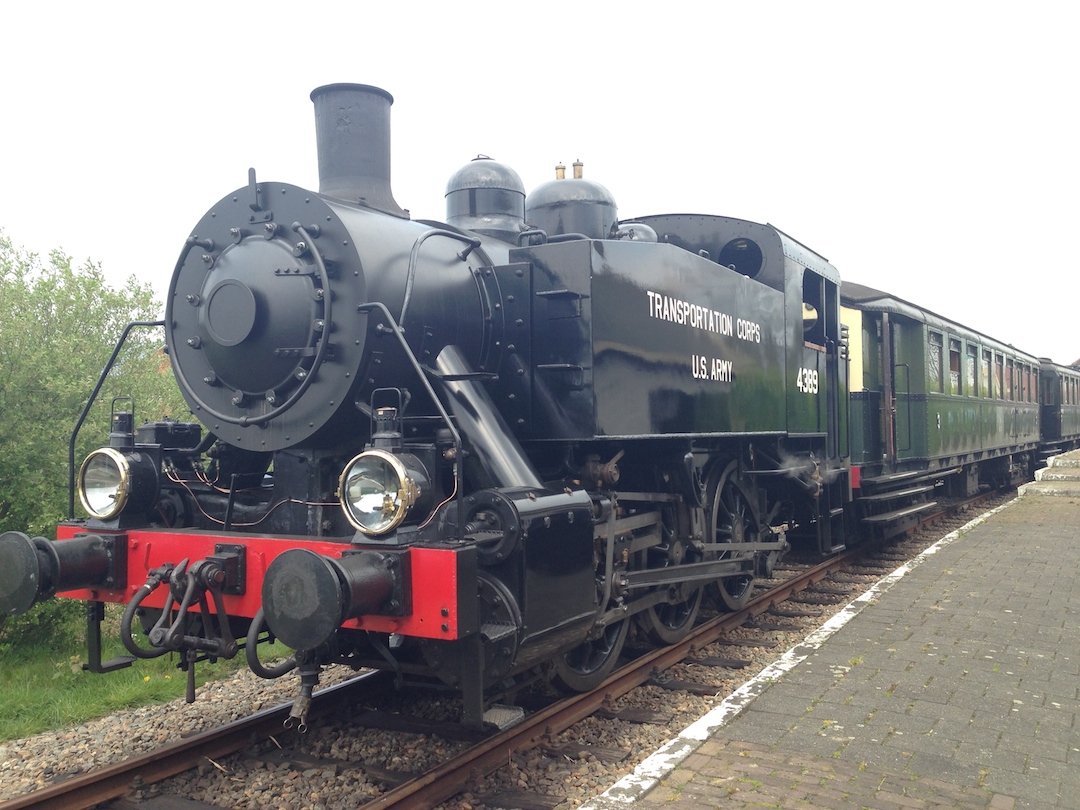Apple iPhone 5 f/2.4, 1/294, ISO 50, 4.1 (33) mm (2014:04:20 13:48:43)
GPS
Image link - posted 2014-04-20
in
Reading Bruce Schneier's blogpost on the heartbleed bug:
I'm hearing that the CAs are completely clogged, trying to reissue so many new certificates. And I'm not sure we have anything close to the infrastructure necessary to revoke half a million certificates.
Wouldn't it make sense to simply invalidate update SSL implementations to reject all certificates that predate the discovery of the heartbleed vulnerability? Even if all the the potentially compromised certs are added to revocation lists, most clients don't check for revoked certificates, leaving a huge opportunity for man-in-the-middle attacks using the compromised certificates.
Permalink - posted 2014-04-18
I've been reading up on nutrition the past year and a lot of the articles and videos you find online espouse the notion that natural is good and processed is bad. This article in The Atlantic by David Freedman from almost a year ago makes a compelling case that it's the (fast) food industry that could help give us healthier food with more high tech food engineering rather than less.
Permalink - posted 2014-04-16
▼
I just love this story on Ars Technica by Megan Geuss: Wikipedia founder calls alt-medicine practitioners “lunatic charlatans”. It's about a bunch of alternative medicine proponents petitioning Wikipedia to change its rules so they can have more extensive coverage of their pseudoscience. But Wikipedia-founder Jimmy Wales won't have any of it: "No, you have to be kidding me." Trust me, you need to read the whole thing.
An interesting aspect of Wikipedia is that it wants to be an encyclopedia. As such, the rules are that all information in Wikipedia must be supported by secondary sources. This means that Philip Roth doesn't get to put information about his own book in Wikipedia, which seems counterintuitive to say the least. However, how useful would Wikipedia be if it were full of statements that are supported by nothing more than the authority of the author of those statements? By requiring secondary sources, you can always follow the trail back to the source of the information, which allows both Wikipedia users and Wikipedia itself to determine whether something is incorrect and fix the problem. Sources also have to be credible, which actually makes it hard for "lunatic charlatans" to get their stuff into Wikipedia.
It's amazing how well the whole system works—I don't think anyone would have guessed Wikipedia could grow to its current size and maintain any semblance of quality. But it did.
Permalink - posted 2014-03-26
Today we had city council elections in the Netherlands. In an effort to stave off historically low turnouts (predictions were less than 50%) many cities use various gimmicks to attract voters. Here in The Hague it was possible to vote in a historic bus and a historic tram (streetcar), 50-year-old PCC. I went out to take some photos and a video. The first ones were at the kerkplein ("church square") where the stemtram (voting streetcar) looked a bit lost between the old, big church and the old city hall building (with the tower), especially as there were all kinds of trucks parked around the church, apparently there's a big event there.
In Den Haag had de gemeente een historische stembus en stemtram ingezet om kiezers te lokken. De stemtram is een PCC uit 1964. Ik was als eerste gaan kijken en wat foto's maken op het kerkplein, waar de stemtram er een beetje verloren bij stond tussen de grote kerk en het oude stadhuis, vooral ook omdat er allemaal vrachtwagens stonden om blijkbaar een evenement in de grote kerk op te bouwen.
Read the article - posted 2014-03-19
►
Earlier, I posted a video filmed with my Nikon D7100 DSLR.
The video came out pretty good, although it's rather boring and I really should be even more careful making sure m tripod is level. However, the D7100 is pretty useless for video.
Full article / permalink - posted 2014-03-19
▼
Earlier, I posted a video filmed with my Nikon D7100 DSLR.
The video came out pretty good, although it's rather boring and I really should be even more careful making sure my tripod is level. However, the D7100 is pretty useless for video. First of all, the autofocus is unusable. All my lenses are pretty noisy when autofocussing. I guess that can be solved with an external microphone, though. However, the autofocus is also slow and hunts a lot to find the right focus distance. So I just used an f/11 aperture and set the focus to 5 meters or so, which seemed to have worked fairly well.
I guess the focus issues are unavoidable considering hardware limitations, but that's not true for another big problem: although you can use any shutter speed above the video framerate, you either have to set both the video shutter speed as well as the ISO manually, or leave both on auto. What I want is manually setting the shutter speed to the equivalent of 180 degrees (= 1/50 at 25 frames per second) so movement looks the way it should, and then let auto ISO take care of proper exposure. But no dice, this can't be done.
Permalink - posted 2014-03-19
older posts
- newer posts

